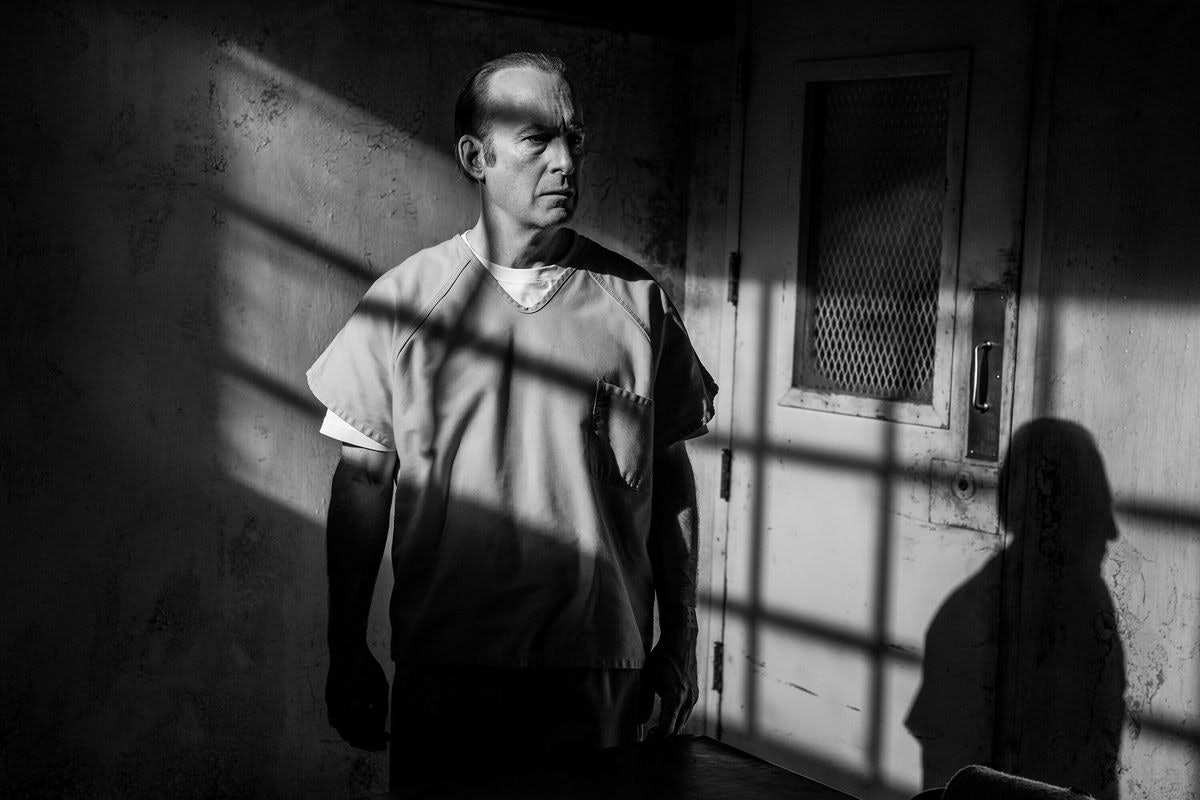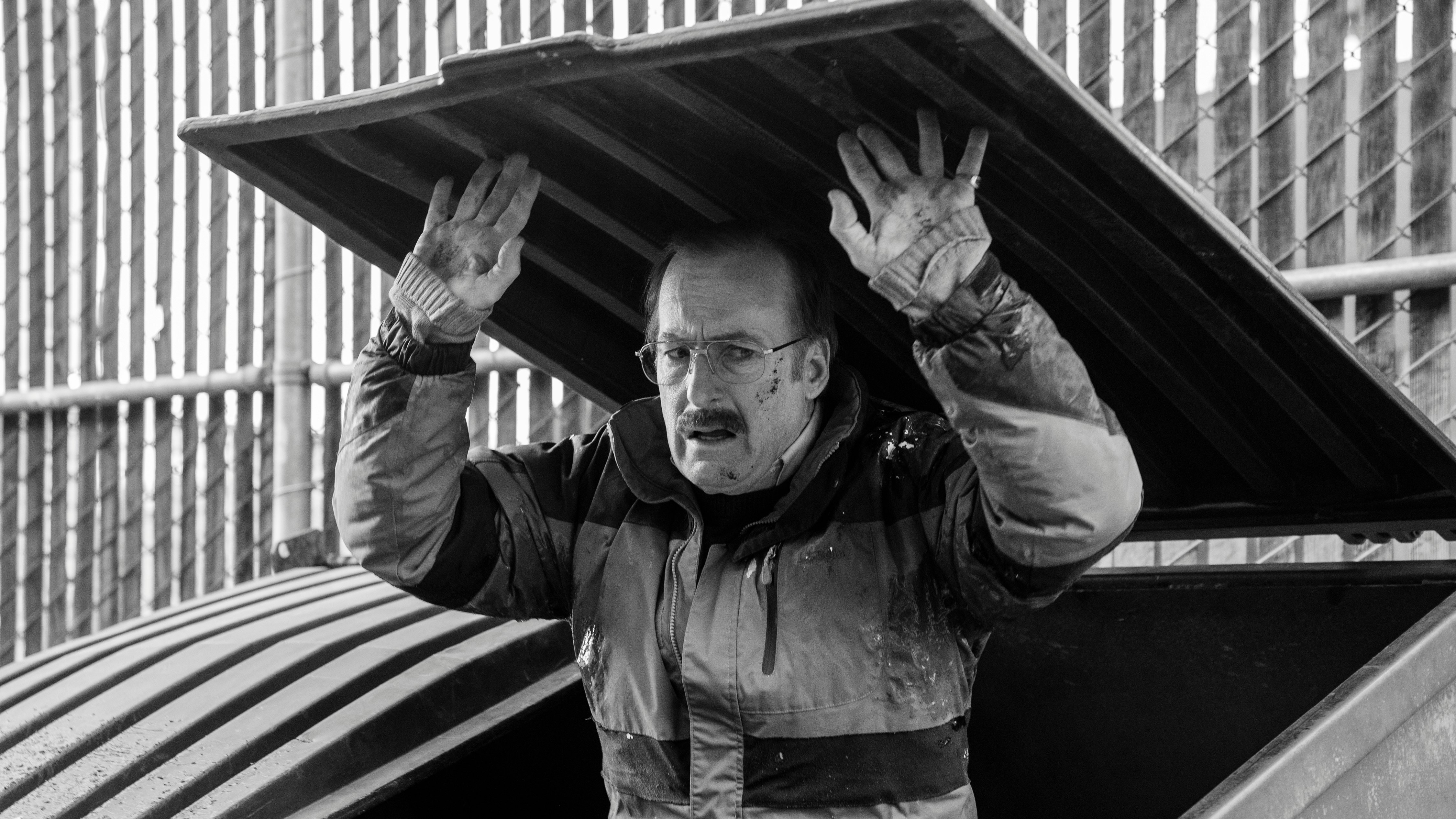
Endings are hard. Just look at any beloved TV series from the past decade. The Game of Thrones finale was so polarizing it demolished the show’s legacy. Dexter’s was so dissatisfying it was brushed under the rug in favor of a new (equally forgotten) ending. And How I Met Your Mother was so infuriating it made people question whether the show was any good to begin with. Then there are the Lost and the Soprano kind of endings, ones that offer a question mark or an answer audiences didn’t necessarily want to hear. It’s rare that a TV show will deliver the perfect ending — especially one that isn’t too schmaltzy or too perplexing or too dissatisfying.
Vince Gilligan, astonishingly, is two for two on great TV endings: first with Breaking Bad and then with Better Call Saul. But as much as Breaking Bad’s series finale “Felina” set the bar by which his spinoff series would be measured, it was Better Call Saul that cleared that hurdle and delivered an ending that not only bested its predecessor but set itself apart as one of the best ever.

To appreciate the beauty of “Saul Gone,” the series finale of Better Call Saul, one has to understand the unusual structure by which the episode is framed. In a Q&A following the airing of the series finale, co-creator Peter Gould revealed that the episode was inspired by A Christmas Carol. “We used to talk about the progression of Jimmy McGill, of Saul Goodman, as being a little like A Christmas Carol," Gould told AMC Talk.
This might sound like another fun elevator pitch by which the Breaking Bad and Better Call Saul teams describe their shows — think of Gilligan’s original pitch for Walter White’s arc as “Mr. Chips becomes Scarface” — but the Charles Dickens story of an old miser who is transformed into a kinder man through a series of supernatural visits beautifully captures the bittersweet heart of Better Call Saul. It also neatly sets up the flashback-heavy structure of “Saul Gone.”
The sixth season of Better Call Saul saw the black-and-white modern-day segments eventually overtake the show, with the final three episodes leading up to the series finale set almost entirely in Gene Takovic’s (Bob Odenkirk) bleak post-Walter White life in Omaha, Nebraska. But “Saul Gone” broke from the pattern, picking up not with Saul being caught by the elderly woman (Carol Burnett) whom he had befriended for the purposes of one last con, but with a flashback to the events of “Bagman” (Season 5 Episode 8). In a rare moment of respite during their trek through the desert, Jimmy asks Mike Ehrmentraut (Jonathan Banks), “What would you do if you had a time machine?” This sets up the series of flashbacks that would act as Jimmy’s visits from his ghosts of Christmas past, present, and future.
In each of these flashbacks, Jimmy’s companion gives an answer about their greatest regret — Mike would go back to the day he took his first bribe, Walter would fix the day he signed over his company — while Jimmy always gives a different answer: he would invest in the Berkshires, or he wouldn’t have injured himself in a “slip and fall” con. But with both answers he’s being evasive, giving the typically shallow Saul Goodman response instead of offering the vulnerability he’s asking of Mike and Walter. He can’t help it, he’s always been bad — at least that’s what he’s convinced himself. It’s hammered in by Mike’s silent disappointment and Walter’s venomous accusation: “So you were always like this.”

Better Call Saul’s most compelling aspect is watching Jimmy slowly lose that fight for his conscience, eventually retreating into the Saul Goodman persona when all of his attempts to overcome his worst instincts fail. The great tragedy of Better Call Saul is that we know he’s doomed to become a goofy caricature of himself by the time Walter White enters the scene — which may be a fate worse than death, considering all we learn about Jimmy and his best intentions. In “Saul Gone,” we see that arc in accelerated mode, with Gene (already unable to resist the allure of the con) quickly shedding his meek persona to don the gaudy Saul Goodman clown suit again. And he wins: he gets his sentence down to seven years, with cushy arrangements and free ice cream thrown in. But then he hears that Kim Wexler (Rhea Seehorn) has confessed her knowledge of Howard Hamlin’s murder, and that pesky conscience flickers to life once again.
This brings us to the third and final flashback, and Jimmy’s “time machine moment” that he refused to name to Mike and Walter. Jimmy is visiting his brother Chuck (Michael McKean) on his daily supply run. The relationship between the brothers has frayed, but not to the point of no return just yet. And in a rare moment of humility, Chuck reaches out to Jimmy, offering him a copy of H.G. Wells' The Time Machine as a gift for taking care of him during his "illness.” Then, he offers a piece of advice: "There's no shame in going back and changing your path," Chuck tells Jimmy. In the moment, it sounds like Chuck is being condescending, but inside this advice is a little kernel of truth that reverberates to Jimmy in the modern day. If the flashback with Mike was his ghost of Christmas future, and Walter was his ghost of Christmas present, then Chuck is his ghost of Christmas past, telling him that he can still change the future. It’s a fitting riff on A Christmas Carol which, despite its time-hopping structure, is really about those pivotal moments in life that shape the person you are — and still can become.

If Breaking Bad as a story of transformation, then Better Call Saul is a story of revelation. The entire series peels back the layers of who Jimmy McGill is — a crook, a con man, or maybe even a good person — but the finale reveals who he ultimately can choose to become. The genius of Better Call Saul’s ending is that it takes us beyond the ending we expect, which is the start of Breaking Bad and the introduction of the man we know as Saul Goodman. But where it takes us after Jimmy “becomes” Saul is even more unexpected because it bucks the norms of a crime drama, where the only three resolutions are death, freedom, or prison. “Saul Gone,” in a way, gives us all three — the “death” of Saul Goodman, the “freedom” for Jimmy to atone for his crimes and become the good man he always aspired to be, and the long, long prison sentence to bring the orchestrator of Walter White’s drug empire to justice. A more cynical show would have opted for death, and a more saccharine ending would’ve given Jimmy and Kim the happy romance fans were craving. But Better Call Saul’s exquisite finale walks that thin, morally gray line it’s always so deftly navigated, and gives us both.
In the end, Jimmy testifies with the truth. He confesses that he was responsible for Walter White’s reign of terror. He takes the heat off Kim. He reclaims his identity as the man he’s always wanted to be, for Kim. For his crimes, he gets sentenced to 86 years in prison. But with good behavior, who knows…?




!["[T]he First and Fifth Amendments Require ICE to Provide Information About the Whereabouts of a Detained Person"](https://images.inkl.com/s3/publisher/cover/212/reason-cover.png?w=600)


